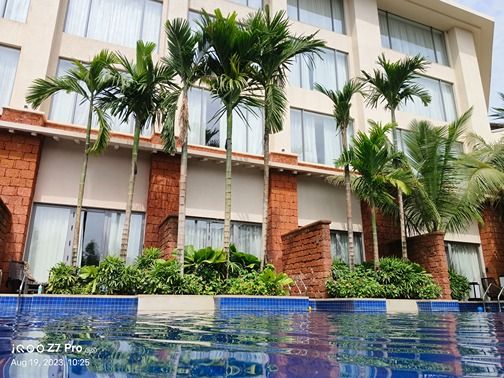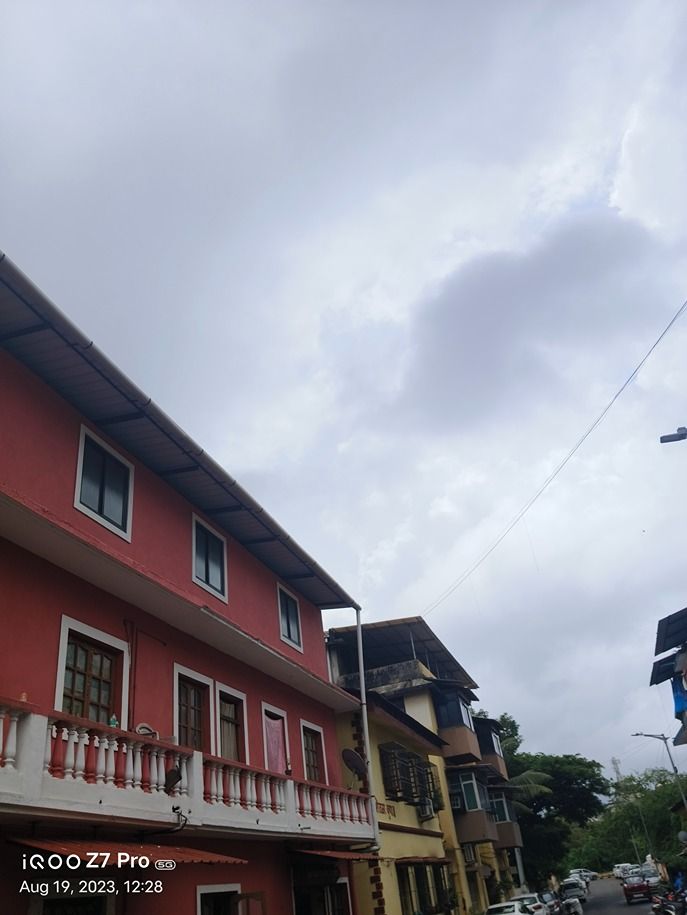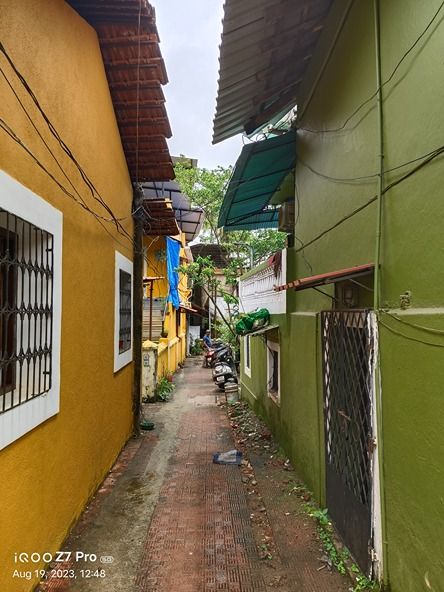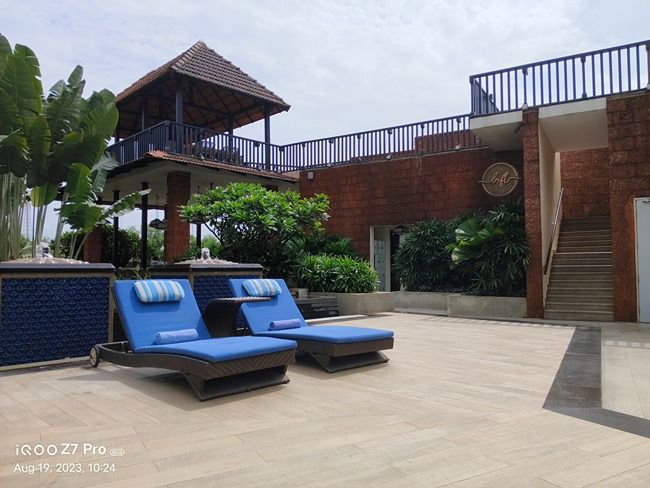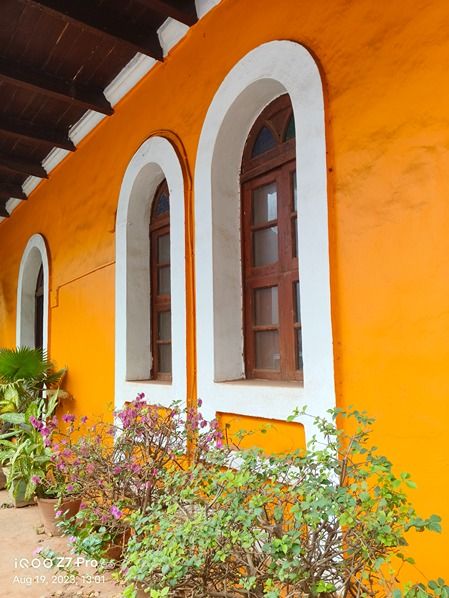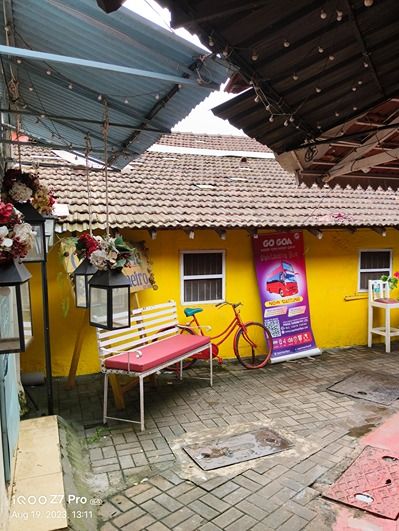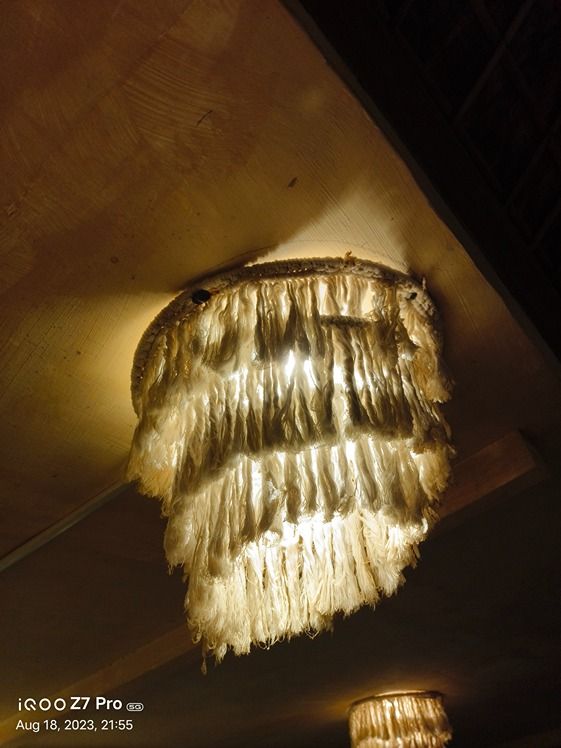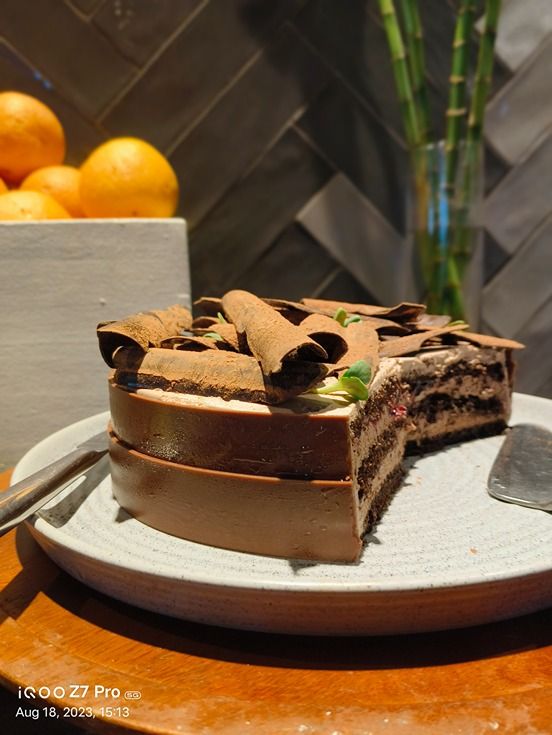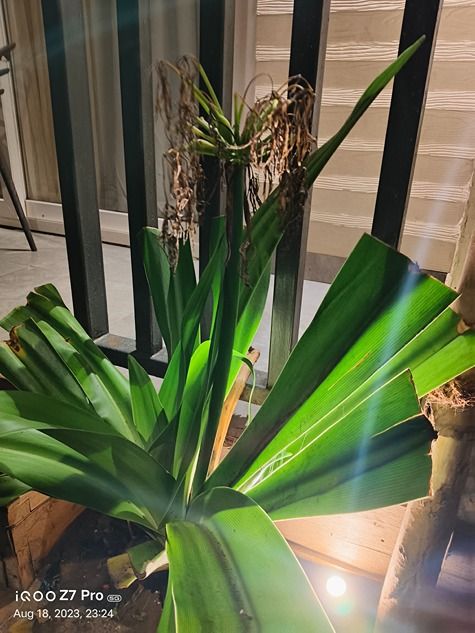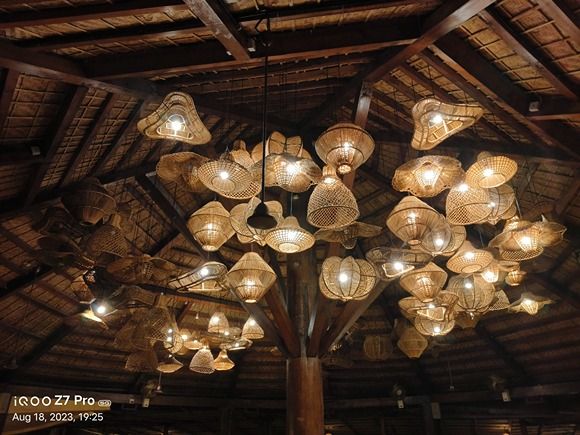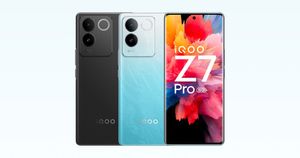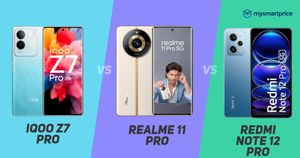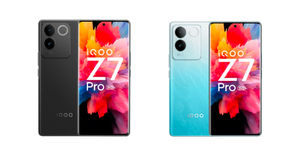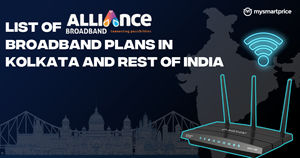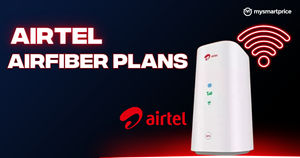
After the ‘Neo’ series, iQOO’s ‘Z’ series also gets a pro variant in India. The iQOO Z7 Pro is a successor to the iQOO Z7. While the Z7 was a step back in terms of design, the newly launched iQOO Z7 Pro has a more modern appeal. Besides that, the phone is powered by a MediaTek Dimensity 7200 chipset and comes with a 64-megapixel OIS camera. At Rs 23,999, the iQOO Z7 Pro finds itself fending off competition from the Lava Agni 2, Realme 11 Pro, and more. So, how does it fare? Let’s find out.
iQOO Z7 Pro
Rs 23,999What Is Good?
- Attractive and lightweight design
- Excellent performance
- Bright and colourful display
- Good battery life with quick charging
- Decent primary camera performance
What Is Bad?
- No ultra-wide angle camera
- Mono speaker
- Filled with bloatware
iQOO Z7 Pro Review: Pricing and availability in India
The iQOO Z7 Pro will be sold in India via Amazon and iQOO’s online store from 5 September. The company is also bundling a few launch offers with specific banks to bring the price down by Rs 2,000. The iQOO Z7 Pro is available in two variants:
8GB + 128GB: Rs 23,999 — This variant should ideally suffice to the needs of most users.
8GB + 256GB: Rs 24,999 — Considering the price difference of just Rs 1,000, the 256GB variant is quite enticing, if you tend to fill up your storage quickly.
iQOO Z7 Pro Review: Design and display
- The iQOO Z7 Pro features a sleek and premium design
- It sports a curved AMOLED display
The Z7 Pro’s design is a bit different from iQOO’s usual approach — and a massive step up over the vanilla iQOO Z7. In the Blue Lagoon colourway, the phone managed to attract a lot of attention outdoors. The Graphite Matte is no less; it’s subtle and unique in its own way.

The attention to design isn’t just surface-level, as the glass back panel with a matte-like texture provides a premium touch. The phone is also ergonomically well-built, thanks to the curved edges. However, tread lightly because it’s as slippery as an eel. Luckily, a TPU case is provided in the box.
The iQOO Z7 Pro is also fairly lightweight, tipping the scales at 175 grams. Not just that, the phone is surprisingly sleek at 7.36mm. The camera module at the back seems to be heavily inspired by the Vivo V27 series. It protrudes slightly, causing minor table wobbles.

The frame of the phone is made out of plastic and has a shiny coat to it. Speaking of which, the right side features a volume rocker and power button, while the top portion has a secondary microphone. The bottom portion sports a SIM tray, a primary microphone, a USB Type-C port, and a speaker grille.
The iQOO Z7 Pro comes with an IP52 rating for water- and dust resistance. This is a good and necessary addition. However, despite this, we would recommend keeping the phone away from water bodies.
|
Display |
Specifications |
|
Type |
Curved AMOLED |
|
Size |
6.78-inch |
|
Resolution |
1080×2400 pixels |
|
Refresh rate |
120Hz |
|
Brightness |
1300nits |
|
Screen-to-body ratio |
93.30% |
|
Display protection |
Schott Xensation UP |
The front side of the iQOO Z7 Pro is graced by a curved AMOLED display. This makes it the third device in the sub-Rs 25,000 price segment to feature a curved display — after the Lava Agni 2 (Review) and the Realme 11 Pro (Review).
It has minimal bezels on each side, making the fascia look gorgeous. The display is HDR-certified, with the feature enabled on Netflix and YouTube out of the box. The colour tuning on the display is neutral, if you prefer something more vibrant, you can switch to the ‘bright’ preset in the settings.

The faster refresh rate helps with smooth animations and aids gamers. Using the iQOO Z7 Pro under direct sunlight was not an issue either, since the display can reach up to 1300 nits of peak brightness.
The iQOO Z7 Pro also features an in-display fingerprint sensor which works flawlessly. The display is layered with Schott Xensation to save it against accidental drops. Watching movies and TV shows on it was a pleasant experience. However, it falters in the audio department, since it comes with a mono speaker.
iQOO Z7 Pro Review: Performance and software
- A MediaTek Dimensity 7200 chipset powers the iQOO Z7 Pro
- The phone comes with FunTouch OS 13 based on Android 13
Just like most of the iQOO smartphones — the Z7 Pro also focuses on performance. The Dimensity 7200 SoC is amongst the most powerful chipsets in this price segment — easily beating the Dimensity 7050 and the Qualcomm Snapdragon 778G. The only chipset that supersedes this is the Dimensity 8100 that powers the Redmi K50i.

It’s no shocker that the iQOO Z7 Pro easily flies through menial tasks thrown at it. The device can handle multitasking and switching between different apps very easily. We did not come across a single hint of stutter during our usage.
The impressive benchmark numbers below help put things into more perspective.
|
Benchmark |
Score |
|
AnTuTu v10 |
720262 |
|
Geekbench 6 |
1187 – Single-Core, 2642 – Multi-Core |
|
3D Mark Sling Shot Extreme |
5933 |
Speaking of the gaming experience, the phone can run BGMI at HDR graphics and Ultra frame rates. It handled the game well without any major frame drops. Even though iQOO isn’t selling this as a gaming-oriented smartphone, it has a lot of gaming-centric features such as Monster Mode, and 4D game vibration, among others.
Despite the curved display, our gaming experience overall was great. Surprisingly, throughout our sessions, the phone maintained an optimal temperature.

The iQOO Z7 Pro runs on FunTouch OS 13 based on Android 13. The company promises two years of software upgrades and three years of security patches. The UI experience is quite good with smooth transitions and necessary shortcuts deployed properly.
Speaking of which, one particular feature that sends a pop-up notification when in the landscape mode, turned out to be very useful. It helps put the phone in multitasking mode, so you can reply to messages when watching movies, pretty neat.

Sadly, the iQOO Z7 Pro is plagued with bloatware such as Snapchat, Spotify, V-Appstore, Hot Apps, and more. Thankfully, these can be uninstalled, if not needed.
iQOO Z7 Pro Review: Cameras
-
The iQOO Z7 sports a dual-camera setup at the back
-
The front camera features a 16-megapixel sensor for selfies
|
Cameras |
Specifications |
|
Primary camera |
64-megapixel OIS, GW3 sensor, f/1.79 |
|
Secondary camera (bokeh lens) |
2-megapixel,f/2.4 |
|
Selfie camera |
16-megapixel, f/2.45 |
|
Video recording capabilities |
Up to 4K 30fps |
While a camera with Optical Image Stabilisation (OIS) is commendable in this price range, the exclusion of the ultra-wide angle camera remains a downside for the iQOO Z7 Pro.

Regardless, the primary camera performs well in daylight conditions. The images captured were detailed and sharp. We like the fact that the post-processing does not go overboard with saturation. The contrast levels are well-maintained, but the dynamic range falters in tricky situations.
With the Z7 Pro, iQOO has focussed on its portrait mode, and it delivers well. The subject separation and bokeh look authentic, with good edge detection. More importantly, the edge detection is consistent even under challenging lighting conditions. OIS also helps with taking photos without many unintended camera shakes. iQOO has also implemented a few other portrait modes, which have been explained in more detail here.
Despite being a mid-range smartphone, the iQOO Z7 Pro clicks decent photos in low-light conditions — although there is room for improvement. Images had good details with minimal grains in decently-lit areas — although, it slightly fails at maintaining the exposure levels of light sources.
Night mode kicks in automatically and captures bright photos. The huge flashlight at the back, also called Aura light helps brighten up the scene more if needed. It’s really helpful for night portrait shots.
Captures from the selfie camera were detailed and had close-to-natural skin tones. However, despite turning off the effects, slight skin smoothening was evident. Portrait mode works well here, albeit with a bit of oversharpening at times. The iQOO Z7 Pro rear camera can shoot stable and detailed videos at 4K 30fps.
iQOO Z7 Pro Review: Battery and charging
- The iQOO Z7 Pro comes with a 4,600mAh battery
- You will get a 66W charger inside the box
Since iQOO’s objective with the Z7 Pro was a sleek form factor, they had to compromise on the battery. The phone packs a 4,600mAh battery. Despite that, in our usage, it proved to be quite efficient.

We managed to drain about six hours of screen time on the iQOO Z7 Pro with moderate usage. If you are a heavy user who games and watches content a lot, you might find yourself charging the phone by tea time.
The 66W charger takes the phone from zero to 100 per cent under 50 minutes, which is quite good.
iQOO Z7 Pro Review: Verdict
At Rs 23,999, the iQOO Z7 Pro is a great offering, barring a few niggles.
It sports an attractive, premium design with a gorgeous display — although it misses out on a stereo speaker setup. While the cameras click decent photos, both in normal and portrait mode, the ultra-wide angle camera is a huge miss.
On the plus side, if performance is something you are looking for, the iQOO Z7 Pro will not disappoint you. It manages intensive games and multitasking with ease. Despite the smaller battery pack, the phone packs a punch when it comes to screen time. The charging times are also pretty quick.
That’s not to say that it’s the best buy in this price segment. The homegrown Lava Agni 2 (Review) comes at a slightly lower price and includes an ultra-wide camera. If you want a higher megapixel camera, the Realme 11 Pro (Review) could be considered. And if you are looking for even better performance, which is flagship-grade, then you should check out the Redmi K50i (Review).
